UCI uses X-ray machine to search for mechanical doping at the Tour de France
10 bikes, including Froome's two race bikes, checked post stage in Andorra
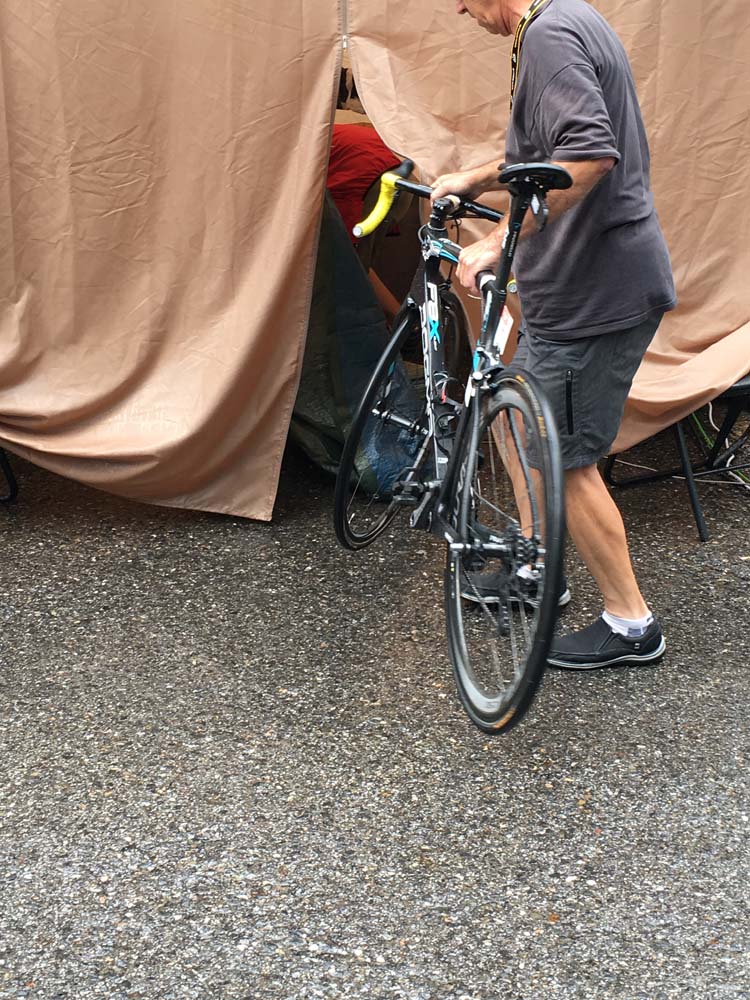
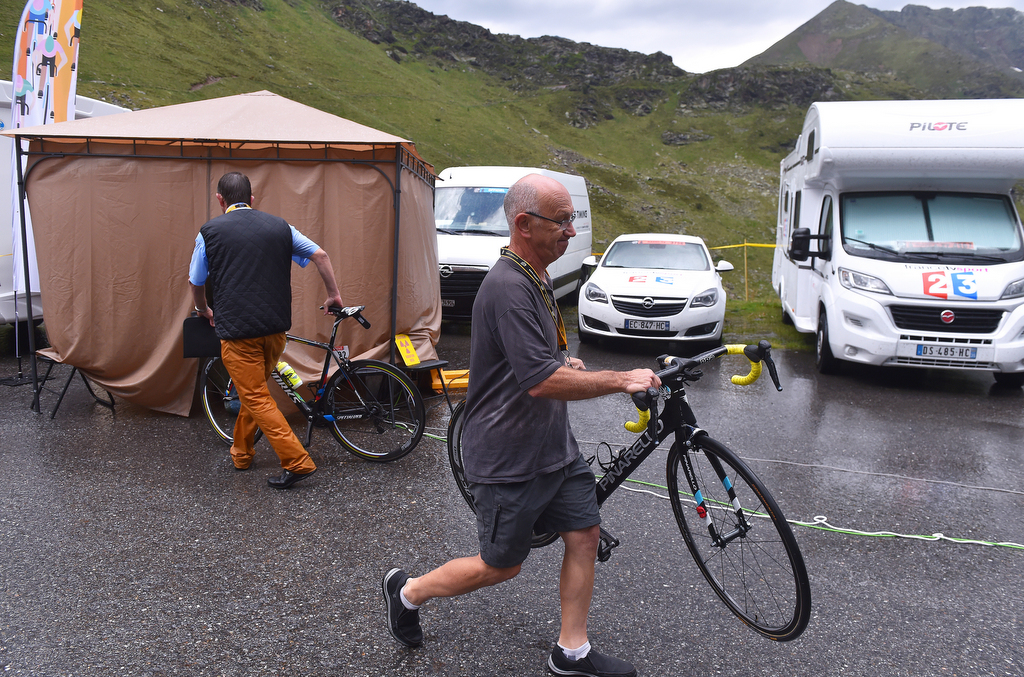
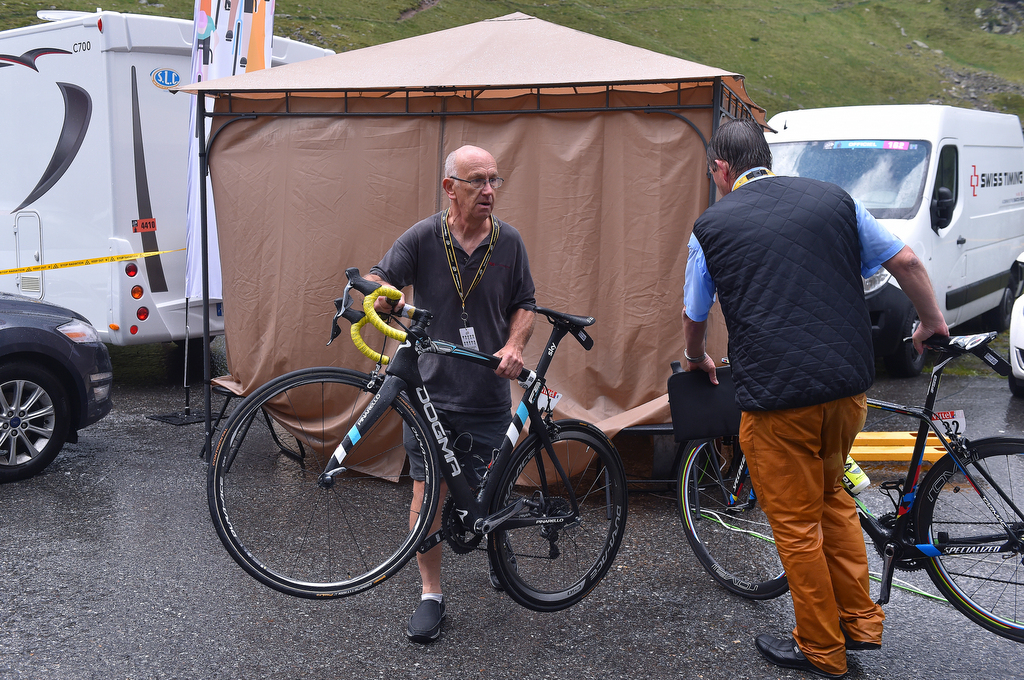
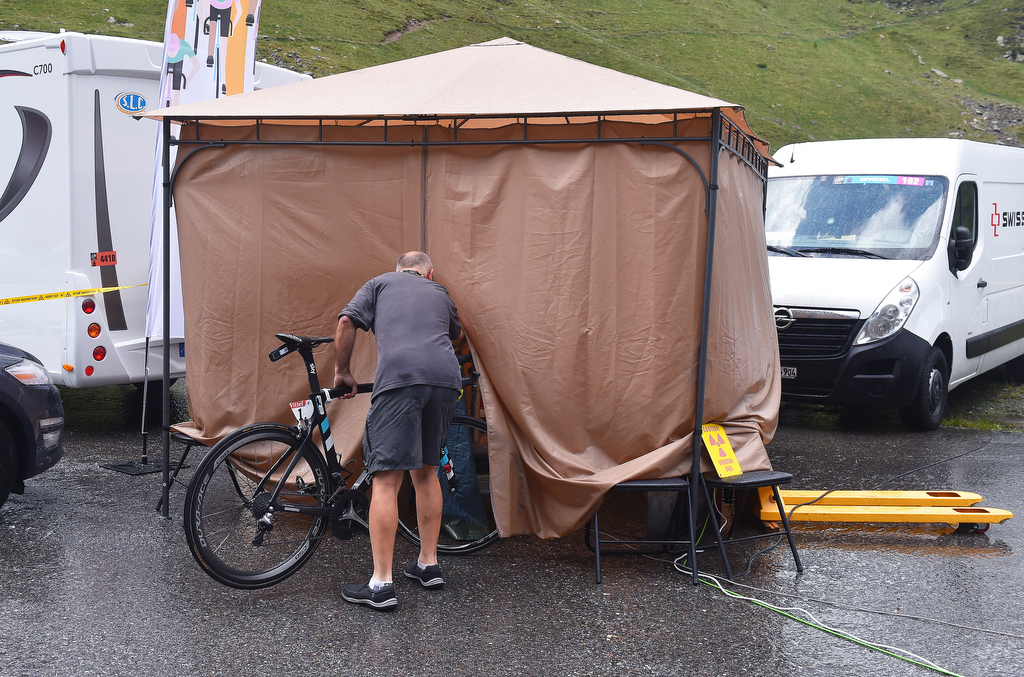
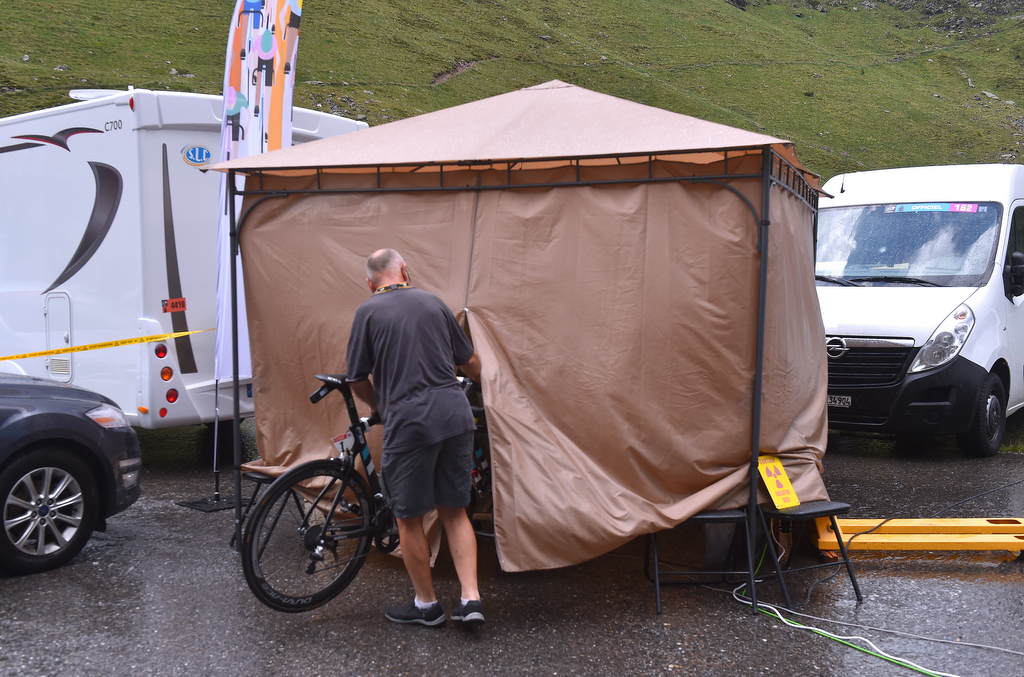
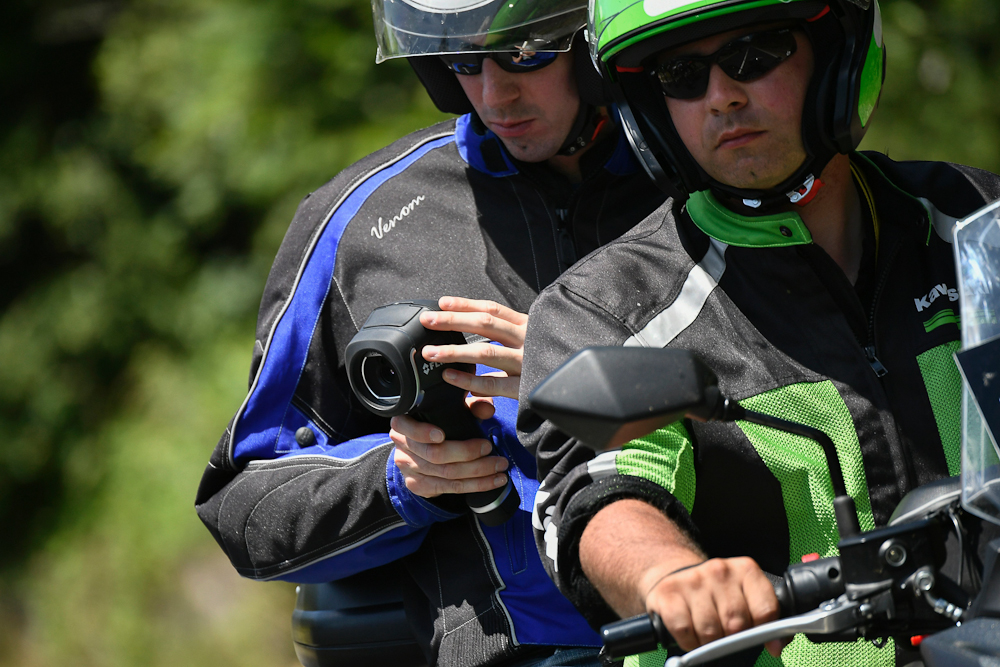
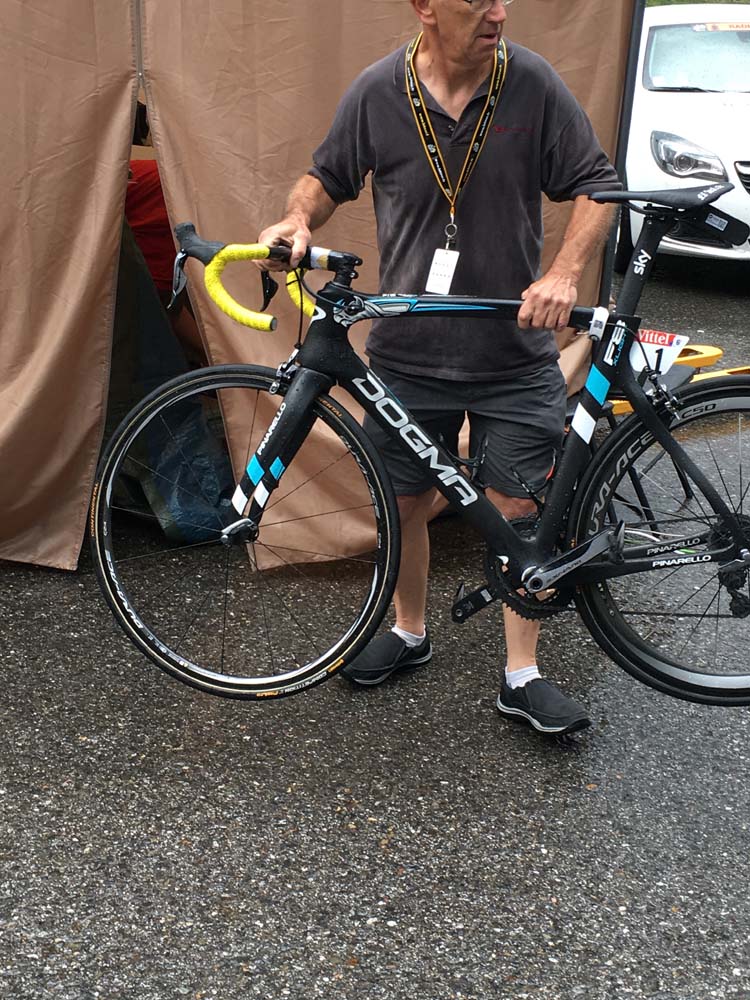
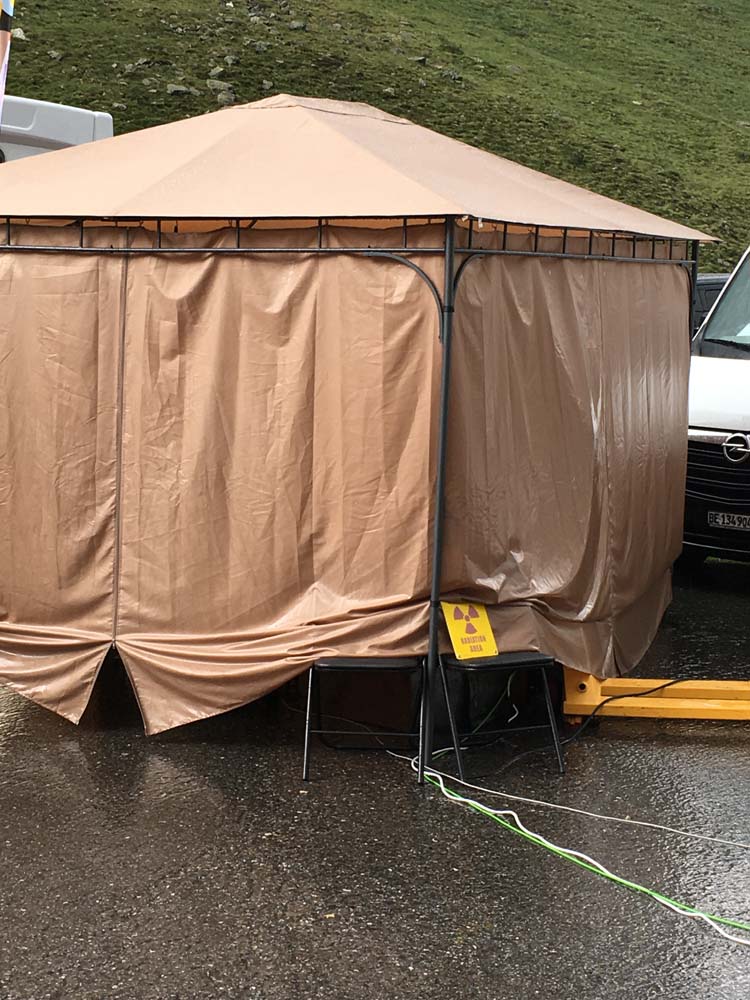
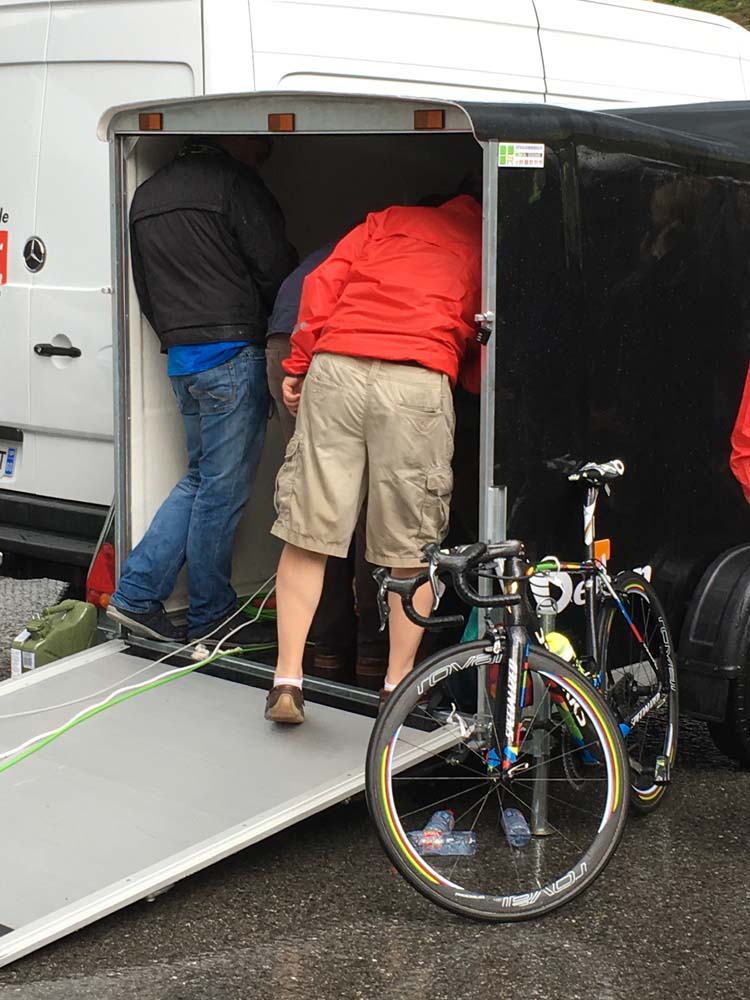

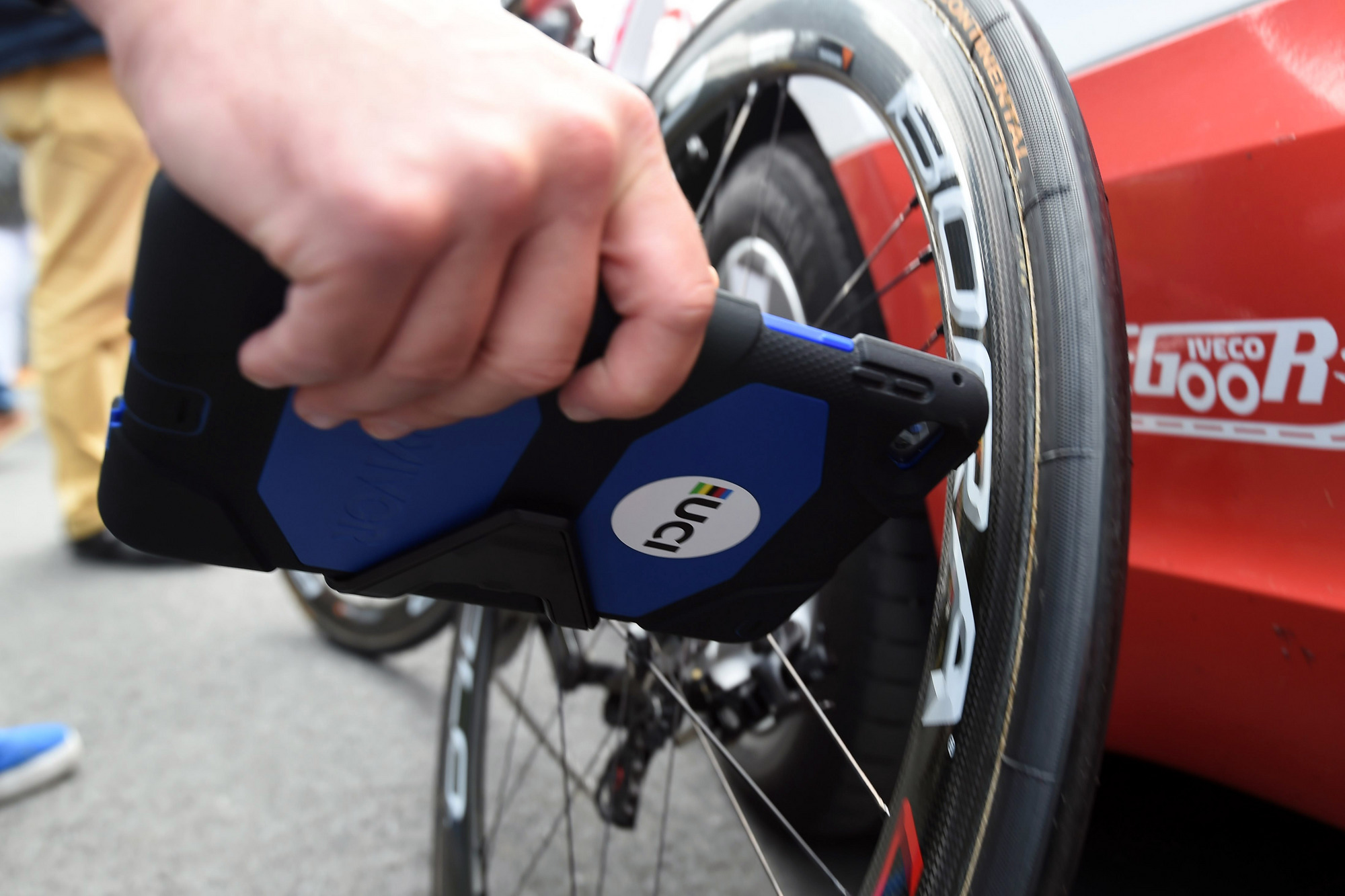
The UCI has always insisted that its tablet device is the best way to check for mechanical doping in professional cycling, but the sport's governing body has now begun to use a simple thermal camera during key stages and is also using X-ray machines to check for hidden motors or special wheels.
Cyclingnews spotted the UCI carrying out X-rays of several bikes after the stage despite the heavy rain and cold conditions. Both of Chris Froome's race bikes were checked using the mobile X-ray set-up, as was Peter Sagan's bike. A UCI official told Cyclingnews that 10 bikes were X-rayed but did not specify who the bikes belonged too. The official race communiqué only said that a total of 82 bikes were tested before or after the stage.
It is presumed that no form of mechanical doping was found.
UCI technical manager Mark Barfield was at the Tour de France and supervised the checks, but he refused to speak on the record about the tests.
Cyclingnews observed that the bikes were tagged for testing immediately after riders crossed the finish line. When taken to the testing position, they were carefully placed in a brown tent for the x-rays. The staff moved away from the tent and the x-ray images were then created by a computer and quickly studied for mechanic doping devices such as hidden motors and hidden magnetic systems in the wheels.
Team Sky head mechanic Gary Blem was on hand as Froome's two bikes were tested. He also talked to the UCI officials about the rules on bikes.
"My bikes are fine but I was talking to them about weight tolerances," Blem told Cyclingnews.
The latest race content, interviews, features, reviews and expert buying guides, direct to your inbox!
"If you wash a bike and it still has water in it in the morning, it can weigh a little heavier than in the afternoon after the heat has evaporated the water. That can lower the final weight.
"In cases like that a tolerance is important. The UCI gives a tolerance of 10 grammes but that's pretty low. We always ensure we're about 60 grammes over the 6.8kg limit to avoid any problems. You've got to be careful."
Video Highlights

Stephen is one of the most experienced member of the Cyclingnews team, having reported on professional cycling since 1994. He has been Head of News at Cyclingnews since 2022, before which he held the position of European editor since 2012 and previously worked for Reuters, Shift Active Media, and CyclingWeekly, among other publications.